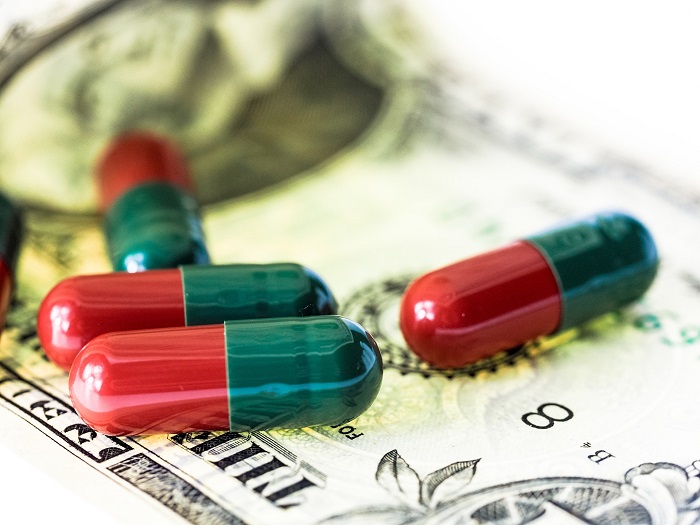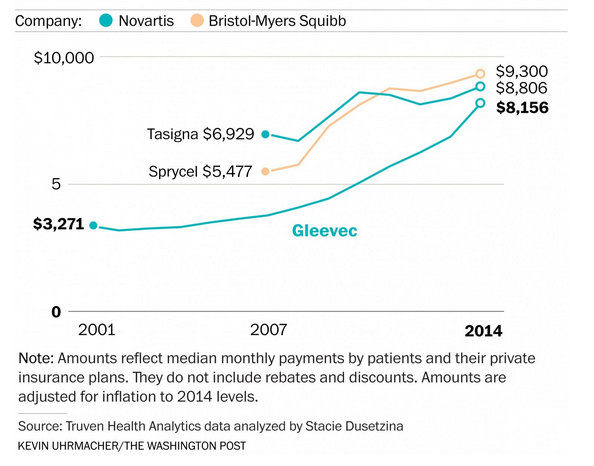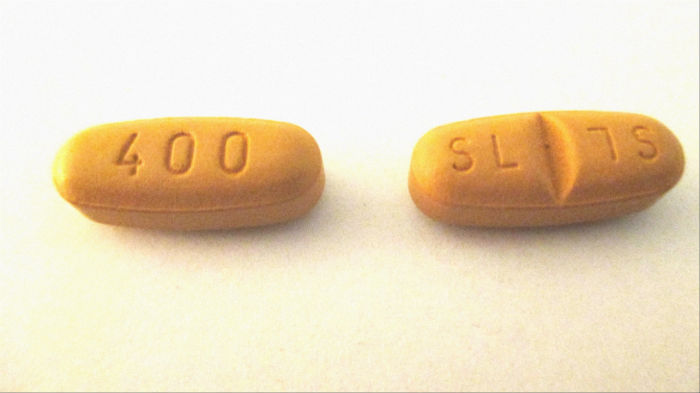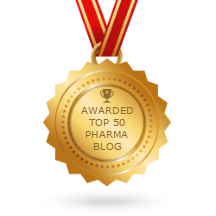by Gabriel Levitt, President, PharmacyChecker.com and Prescription Justice | Apr 15, 2016 | Advocacy, Online Pharmacy Verification Services, Public Health

Kelly Ann Barnes, JD, RPh, Vice President of Pharmacy Verification and Information, PharmacyChecker.com
Last week PharmacyChecker.com announced that we hired Kelly Ann Barnes, JD, RPh, as Vice President for Pharmacy Verification and Information. A licensed U.S. pharmacist for 23 years, before coming to PharmacyChecker.com Kelly was the Director of Pharmacy Quality Assurance for the Massachusetts Board of Pharmacy. She joined us to run the PharmacyChecker Verification Program to verify, monitor and enforce, and further develop online pharmacy standards; check pharmacy licenses; inspect pharmacies in various countries that fill orders internationally; and discipline online pharmacies that are not meeting our standards. Kelly will also be helping answer questions from consumers about pharmacy safety, medication use, and of course prescription drug savings, including more focus on saving money at local pharmacies.
I’m really psyched to be working with Kelly and for those in the medical and public health communities that follow PharmacyChecker.com to get to know her over the coming years. Patient safety is foremost on our minds at PharmacyCheceker.com and our commitment to consumers is fortified by hiring an American pharmacist with a proven track record of dedication to pharmacy quality and patient safety.
Just yesterday, I read in CBS News that drug prices are set to skyrocket by 50% over the next few years – and that patients are often directly hit with higher out of pocket costs. Our pharmaceutical drug bill according to IMS Institute for Healthcare Informatics was $424 billion last year and is going up to $640 billion by 2020.
The CBS article begins as follows: “Americans are getting sick and tired of the rising cost of their prescription medications. Unfortunately, it doesn’t appear likely that consumers will get a break any time soon.” The U.S. is already paying about twice as much on medications compared with other rich and industrialized nations – and it looks like it’s just getting worse. The safest international online pharmacies give consumers the ability to access lower cost medication so they don’t have to skip taking medications, choose between food and medicine, or go broke. With Kelly on board, we’re enhancing our critical efforts to give Americans the best information available about online pharmacy safety and savings and therefore the opportunity to afford medications they need to stay healthy, get better and survive.
Tagged with: Kelly Ann Barnes, patient safety, pharmacy safety
by Gabriel Levitt, President, PharmacyChecker.com and Prescription Justice | Mar 18, 2016 | Drug Prices, Pharmacy Benefit Managers

Each week I try to come up with a new and compelling blog post to discuss issues involving drug prices and problems Americans are having affording medications. I often find myself resoundingly critical of the pharmaceutical industry and this week I was intrigued but curiously put off to be joined by a pharmacy corporation that made over $100 billion last year.
Express Scripts, the nation’s largest pharmacy benefit manager, reported that brand name drugs in the U.S. cost 98.2% (about twice) more on average today than they did in 2011. Last year, brand name drug prices were up 16%. As I read in the Chicago Tribune, Express Scripts used hostile, downright anti-big pharma (and pharmacy) language blaming “opportunistic manufacturers” and “scheming pharmacies.” Rising drug prices of this magnitude are no laughing matter as cash-strapped Americans bear the brunt of these increases, either in higher insurance premiums, co-payments, co-insurance and full cash prices for uninsured (still almost 30 million Americans), or when plans don’t cover certain drugs.
But it is a little funny to hear Express Scripts go after Big Pharma using the rhetoric of greed. After all, PBMs, particularly Express Scripts, are often criticized for their lack of drug pricing transparency and profit-seeking practices, kind of like drug companies and big pharmacies, such as Walgreens and CVS.
While the focus of Express Scripts’ ire is on brand name drug prices, most of the prescription sales it administers and profits from are generics. On that note, buying generic medication without using your insurance’s PBM is often less expensive than your co-payments. But don’t expect Express Scripts to tell you that.
So that Express Scripts doesn’t feel singled out, we’ve reported on the antics of Big Pharmacy before, including Express Scripts’ biggest competitor. PharmacyChecker CEO Tod Cooperman, MD, was on Fox and Friends not so long ago discussing an investigation of CVS Caremark in which the company was accused of price gouging. The allegation: by not informing its customers that the cash price using CVS’ own discount card program would be lower than co-payments using PBMs, such as CVS Caremark or Express Scripts, hundreds of thousands of customers were overcharged.
On that note: the nuts and bolts message is DON’T BE SHY and ask for the lowest possible price at your local pharmacy.
In defense of Express Scripts, and even CVS Caremark, PBMs and large pharmacy corporations do not yield profit margins even close to those of the biggest drug companies. Furthermore, the pharmacy corporate giant, Express Scripts, is right: the blame for ever increasing drug prices falls on opportunistic manufacturers and scheming pharmacies.
Tagged with: Big Pharma, CVS Caremark, Express Scripts, pharmacy benefit manager, Tod Cooperman
by Gabriel Levitt, President, PharmacyChecker.com and Prescription Justice | Mar 11, 2016 | Cancer Drugs, Drug Prices
An article in the Washington Post yesterday covered the steep rise in the cost of a cancer medication called Gleevec, drug company Novartis’ brand name for imatinib, which is incredibly successful in treating people with chronic myeloid leukemia (CML). Despite its concern with public perception over price at the time, Novartis charged $26,400/year when the drug hit the market in 2001. With today’s price for Gleevec now $126,000/year it seems any concerns by Novartis have gone by the wayside (or did they really exist at all?). One would think and hope that new, similar products would bring down – or at least slow increases of – the price of Gleevec. After all, competition is supposed to drive down prices.
Not in the pharmaceutical industry, at least not until a drug goes off patent. The launch of therapeutically equivalent brand medications to treat CML actually coincided with Gleevec’s steepest price increases. Bristol-Myers Squibb launched Sprycel (dasatinib) in 2006 and Novartis launched a second generation drug called Tasinga (nilotinib) in 2007, both at much higher prices than Gleevec. In 2007, the monthly prices for Gleevec, Sprycel and Tasinga were $3,757, $5,477 and $6,929, respectively. The details can be found in the Post’s article but essentially Gleevec started to play “catch up” to its competitors.
In 2007, the price of Gleevec was 46% less than Tasinga. By 2014, the discount had shrunk to 12% with Gleevec’s price at $8,156/month compared to Tasinga’s price of $9,300/month. Let’s keep in mind that the newer drugs were shown to treat people that Gleevec could not treat, which would soften the argument that these are truly competing products. But soon after their introduction, Sprycel and Tasinga were found to successfully treat people with newly diagnosed cases of CML, to more directly compete with Gleevec, yet the latter’s price soared!
Source: Graph below from the Washington Post.

One source cited in the post’s article summed it up perfectly. A hematologist from the University of Chicago, Richard Larson, stated: “Ordinarily, you might think with three equally effective drugs on the market, the price should go down through competition, but it’s been a failure of the competitive pricing process.”
While the Washington Post’s article delved into the problem of out of pocket costs for Gleevec, it didn’t hammer home that the suffering in America is extreme when it comes to Gleevec’s drug price (and other medication prices as well). Gleevec is not a new topic on these blog pages, which has solicited comments from people and families crushed by drug costs. Yes, the irony is glaring: cancer medications that alleviate suffering also create suffering, too, in the form of cancer patients facing bankruptcy, feeling guilt, and causing anxiety.
It’s not just market failure – it is greed, too. I’ll let one American, Penny Kincaid, a commenter on this blog, bring it home:
“I guess I am luckier than many on Gleevec. I am paying 5% of the cost each month but the cost keeps going up. Our lives depend on this drug but still the cost is obscene. They praise themselves for creating [these] drugs for patients with [CML] but still we are forced to pay and many go broke. It is the cancer patient who has to pay up or die and they keep raising the cost. This is just wrong in so many ways and here we have the creators wanting to deny us the generic because they want that big money to keep rolling in. They should be ashamed of themselves.”
Tagged with: Bristol Myers Squibb, chronic myeloid leukemia, Drug Prices, Gleevec, leukemia, novartis, Sprycel, Tasinga






